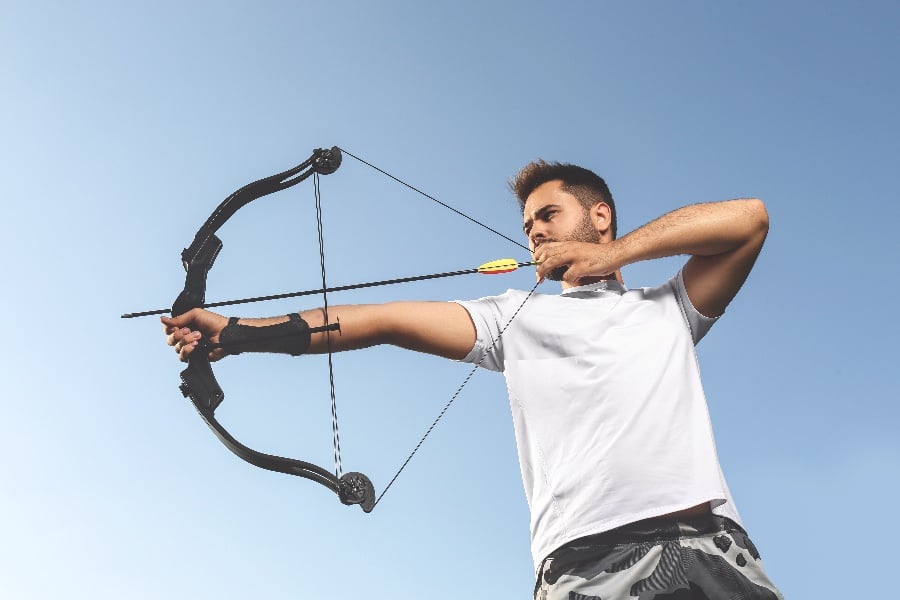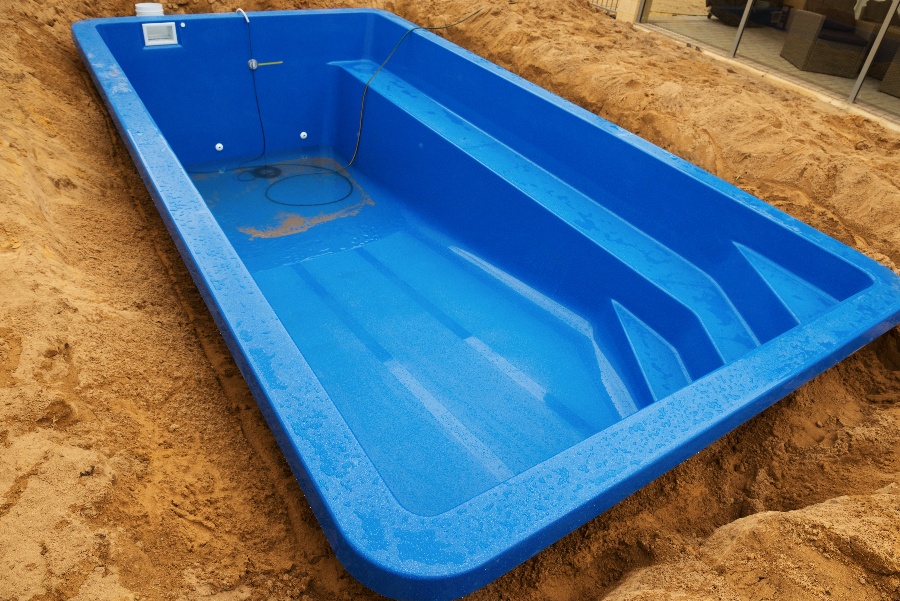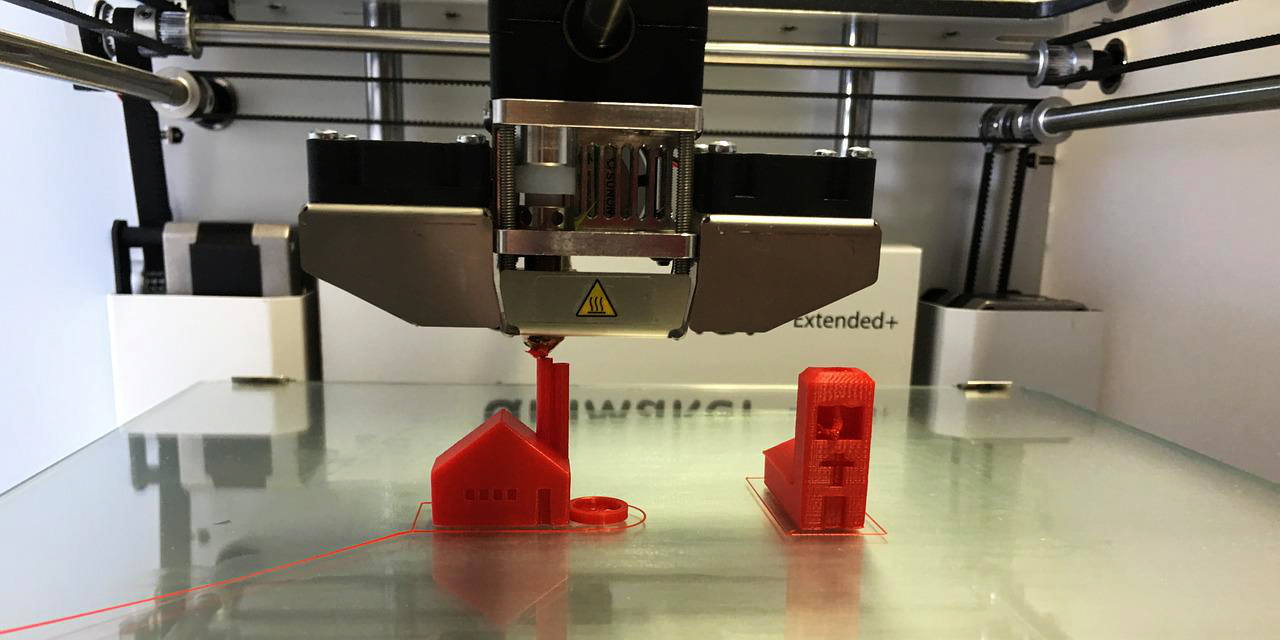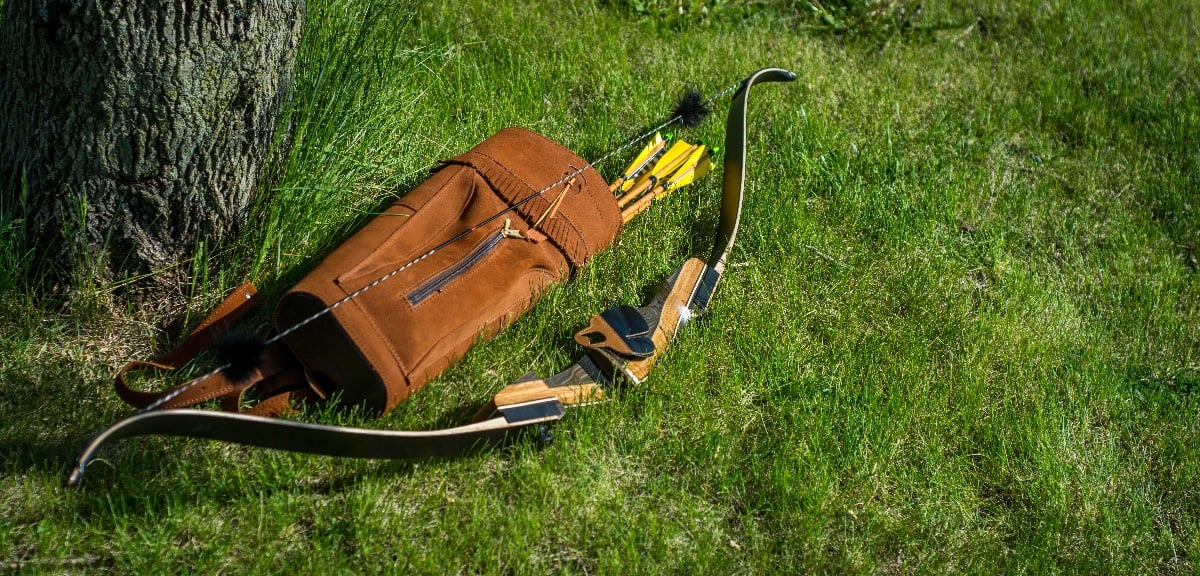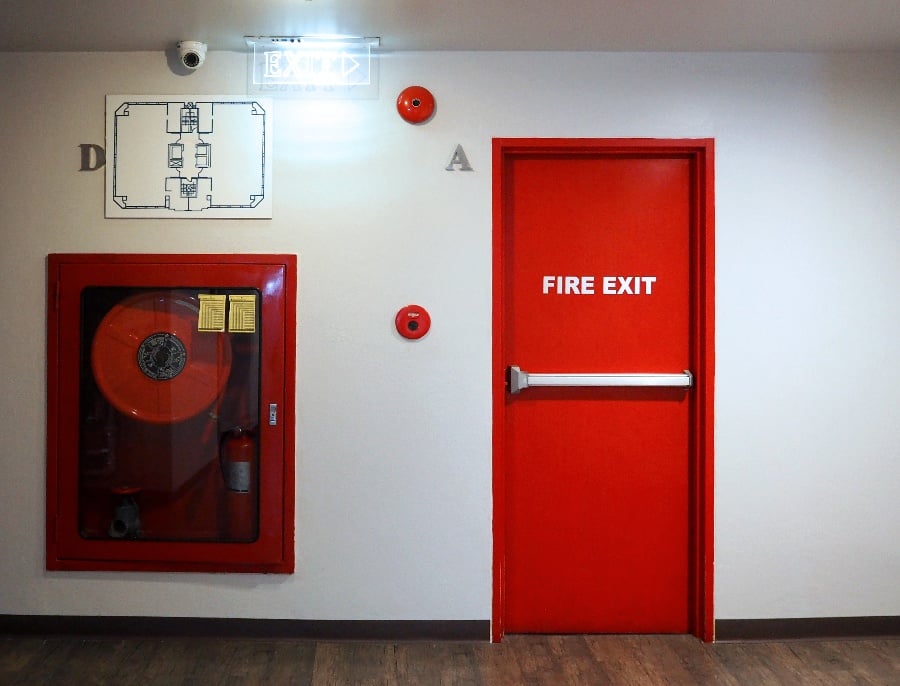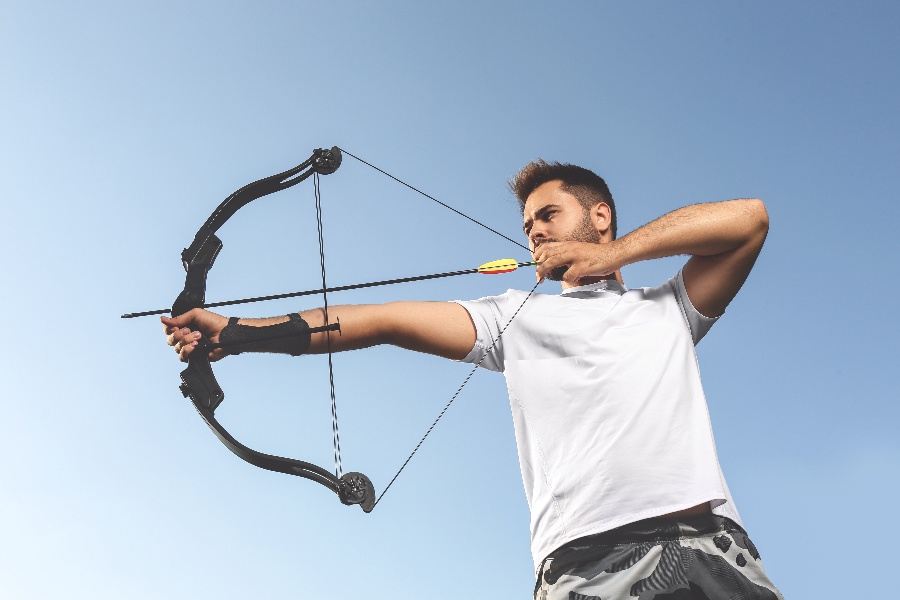
The bow and arrow is one of the oldest human inventions, found throughout history all over the world as a tool for hunting and war.
The basic elements have remained the same: a string and something flexible to which to attach it. But, like everything else, modern materials have opened up new possibilities or brought improvements to classic designs.
One material that has been particularly significant is fiberglass. In this post, we’re going to take a look at how this versatile material is used in modern-day archery and the advantages it brings over more traditional materials.
The anatomy of a bow
As noted already, a bow is a simple tool. As the user pulls the string back, this bends the bow, which creates potential energy as the bow wants to spring back into its original, unbent shape. The release of the string propels the arrow forward as this pent-up energy is unleashed.
Traditionally, bows were made in two basic shapes. The longbow curves gently back towards the string to look like a ‘D’ from the side. The recurve bow’s ends curve back away from the string. Each design has its own particular characteristics which made it more suited for a specific use. The recurve, for instance, is shorter and better for shooting from horseback.
20th-century changes
After guns were introduced in the late middle ages, they gradually displaced the bow and arrow in warfare. Even though it would take guns a long time to catch up with the rate of fire and dependability of the bow, they had two great advantages from relatively early on. They had a greater effective range and were much easier to learn to use.
The bow and arrow didn’t go away, however. It retained a following among hunters and archery also became a popular sport, showing up at the Olympic games in 1900.
Most of us probably had some form of bow and arrow as a kid. Maybe it was just a toy with suction cups on the end, or maybe it was an inexpensive beginner's bow with little power. More and more, however, archery is becoming a serious hobby, with literally millions of Americans using a bow for hunting or for sport. Archery equipment is a multi-billion-dollar industry and has seen strong growth in recent years.
Fiberglass started to be used to make bows in the 1950s, as the process of embedding the glass fibers in resin was perfected and started to see a wide range of applications. Millions of bows were made of fiberglass in the ’50s and ’60s, and many young people got their first taste of archery using this material.
Why fiberglass?
If you aren’t very familiar with fiberglass, it can sound like a strange material from which to make bows. What is it about this material that makes it an attractive choice?
There are several things. The first is elasticity. This is the ability of a material that is being bent to return to its original shape when pressure is released. This is obviously really important for a bow; the material’s ability to spring back to its regular shape after the string is released is what gives the bow its power. Fiberglass has great elasticity that it will maintain over long periods of use.
Fiberglass is also highly durable. It is impervious to moisture, impact-resistant, and incredibly strong.
Finally, fiberglass can be manufactured at scale in a uniform shape for an affordable price.
In all of these ways, fiberglass is superior to wood.
Fiberglass bows today
Fiberglass commonly shows up now in bows in three different forms.
First, a bow can be made completely of fiberglass. Today, this type of bow is usually made for the youth or beginner market and also is commonly used for camps and schools. Given the advantages listed above, you can see why. They are affordable, dependable, and can put up with the rough use you can expect from kids and campers.
Second, a bow can be a composite of fiberglass and other materials, usually wood. The combination of a wooden layer along with a fiberglass layer helps to combine the advantages of each for a superior final product.
Finally, compound bows often use fiberglass-based composites for their limbs. (A compound bow has a rigid section along with flexible ends, called “limbs.”)
Make your own fiberglass bow?
It is worth mentioning one other way fiberglass shows up in bows today. You can find plenty of videos on YouTube explaining how you can make your own bow out of PVC pipe and fiberglass rods (the kind used for driveway markers). These inexpensive materials and the unique properties of fiberglass can actually give you a powerful bow for very little investment.
What else can fiberglass do?
We have to admit we get a little excited about fiberglass. Why? We see every day how its impressive characteristics help manufacturers create new solutions for old design problems. We specialize in pultruded fiberglass and would love to have a conversation about how this versatile product might help you make whatever you make better.
Get in touch here.
Curious to learn more? Check out our post about the many uses of fiberglass on our blog.

